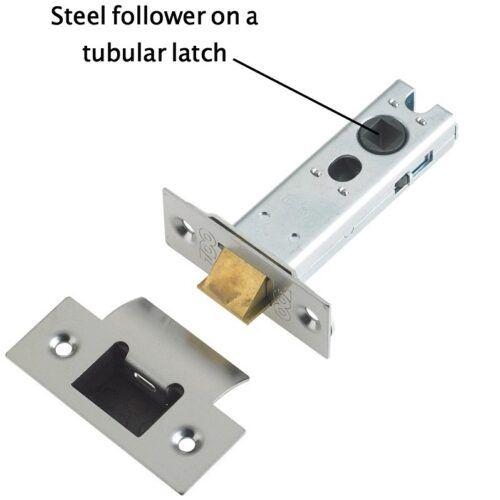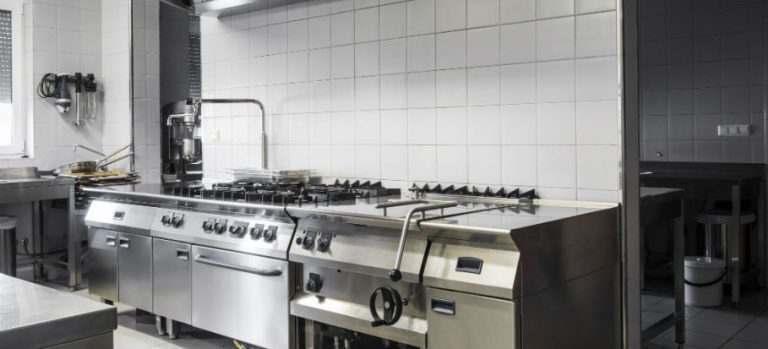Table Saws: The Essential Tool for Every DIY Enthusiast
Table saws are a staple in woodworking, known for their ability to make accurate, clean cuts across various materials. Whether you’re cutting wood, plastic, or metal, this tool is crucial for both professional and hobbyist projects. In this guide, we’ll cover the basics of table saws, including safety tips, types, and maintenance advice. We’ll also discuss how materials like geotextiles in construction mirror the precision and stability that table saws provide in the workshop.

What Is a Table Saw Used For?
A table saw is primarily designed to cut wood, but it can also cut plastic and certain metals. Its circular blade allows for a variety of cuts, including rip and cross cuts, providing flexibility for all kinds of woodworking projects.
How Can You Use a Table Saw Safely?
Safety is paramount when operating a table saw. Here are some important tips:
- Wear protective gear: Safety glasses, ear protection, and dust masks are a must.
- Use push sticks: These tools keep your hands away from the blade.
- Blade height adjustment: Set the blade just above the material to minimize the risk of kickbacks.
- Ensure alignment: Check the alignment of the fence, miter gauge, and blade before cutting.
- Keep hands clear of the blade: Avoid reaching over or near the blade while it’s spinning.
What Types of Table Saws Exist?
There are three common types of table saws:
- Benchtop Saws: Ideal for small projects and portable use.
- Contractor Saws: Great for mid-sized tasks, offering more power and precision.
- Cabinet Saws: The best choice for professionals needing high stability and accuracy.
How Do You Maintain a Table Saw?
Routine maintenance is essential to keep your table saw in top shape:
- Clear away sawdust: Dust can interfere with the motor and alignment.
- Sharpen the blade: A sharp blade ensures smooth, precise cuts.
- Check for alignment issues: Misalignment can lead to poor-quality cuts, so check regularly.
- Lubricate moving parts: This ensures the saw operates smoothly and lasts longer.
Mention of Geotextile: Geotextiles in construction serve a similar purpose to table saws in woodworking—both are critical for ensuring precision and durability. Used in projects like road construction and soil stabilization, geotextiles help maintain structural integrity, much like a well-maintained table saw ensures accuracy in cutting.
Mastery of a table saw parallels the role of geotextiles in construction—both are fundamental to success. “Precision is not just about making cuts; it’s about the art of understanding the material.” —Unknown



